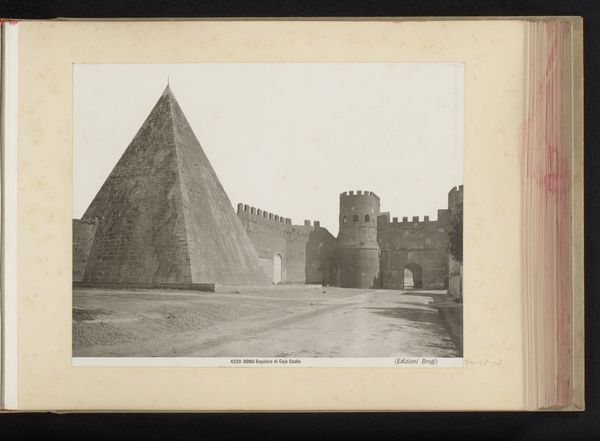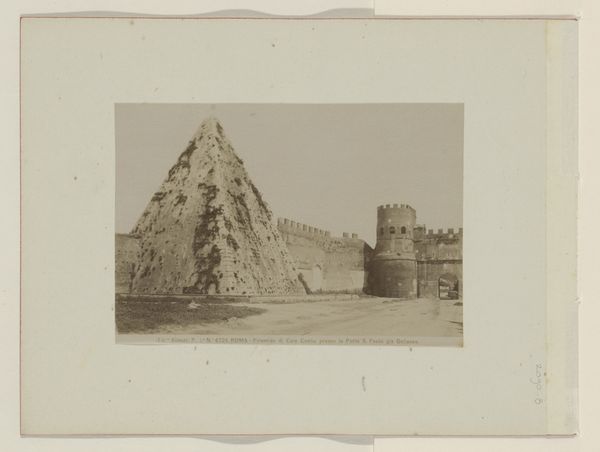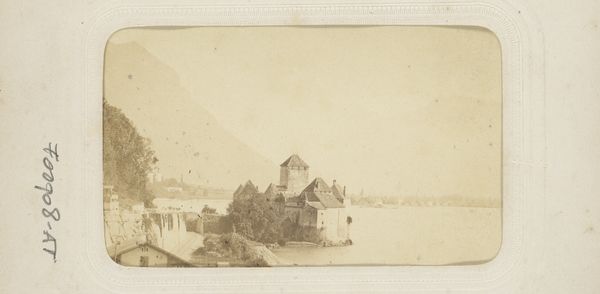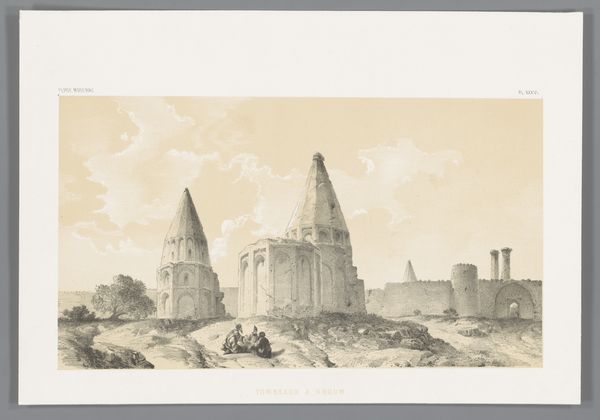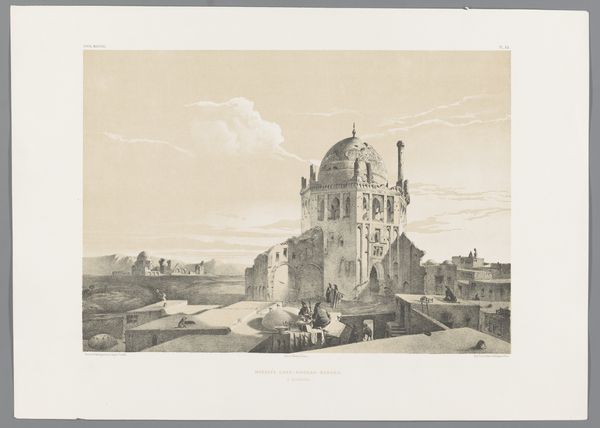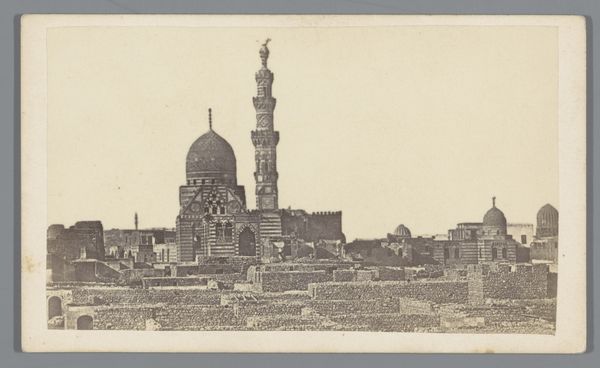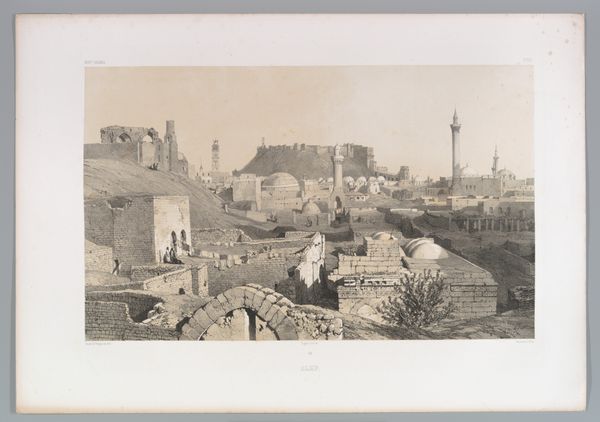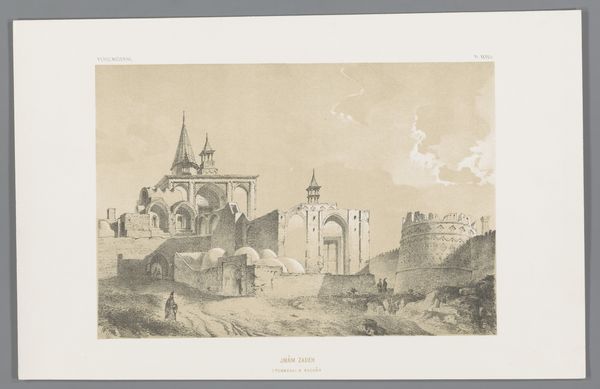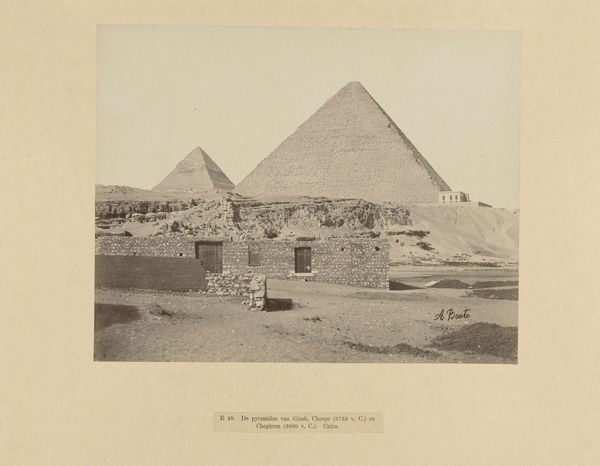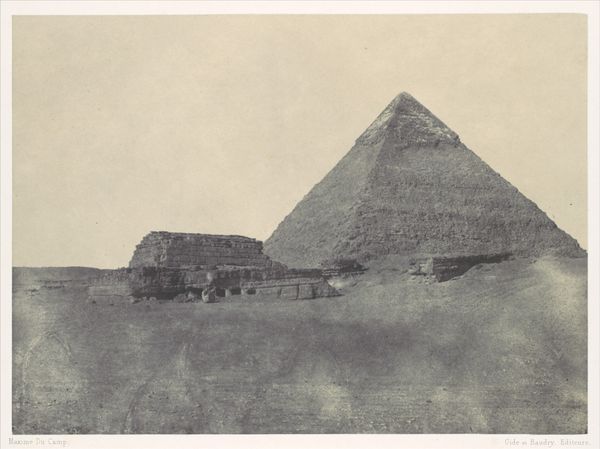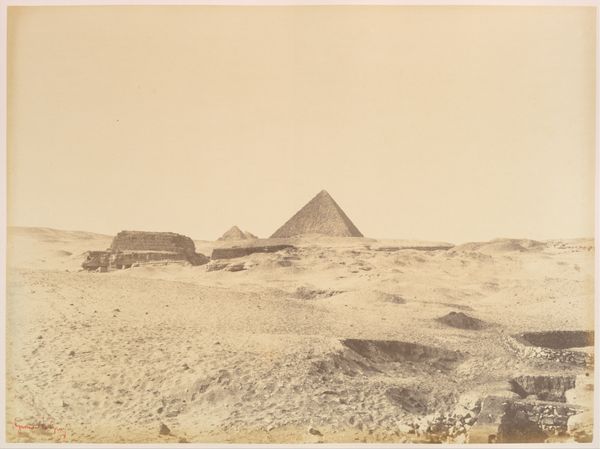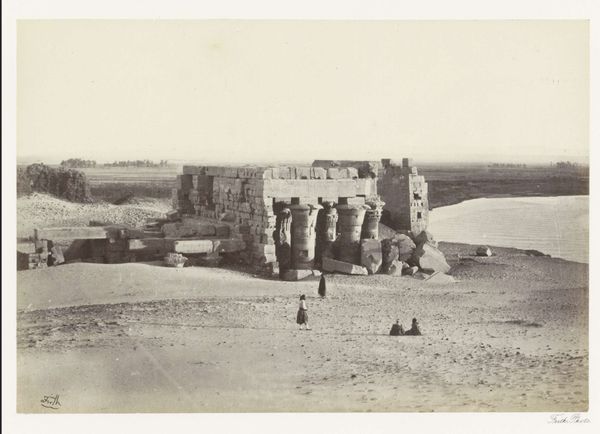
drawing, paper, ink, pencil, architecture
#
pencil drawn
#
drawing
#
16_19th-century
#
landscape
#
paper
#
ink
#
romanticism
#
pencil
#
architecture
Copyright: Public Domain
Heinrich Hübsch made this drawing of The Protestant Cemetery near the Cestius Pyramid in Rome using pen and grey ink. The cemetery is situated near the ancient Aurelian Walls, and it is historically significant as a final resting place for non-Catholic foreigners who died in Rome. The prominent Cestius Pyramid in the background serves as a striking reminder of Rome's layered history, connecting the ancient world with more recent times. In the 19th century, Rome became a popular destination for artists, writers, and intellectuals from across Europe and the Americas. However, burial within the city walls was restricted to Catholics. The establishment of the Protestant Cemetery provided a space for those of other faiths, highlighting the social and religious dynamics of the time. The cemetery became a symbolic space of religious tolerance, reflecting the era's changing attitudes towards religious diversity. Art historians use sources such as travel journals, letters, and contemporary accounts to understand the cultural context of such works, revealing the intricate relationships between art, society, and belief systems.
Comments
No comments
Be the first to comment and join the conversation on the ultimate creative platform.
